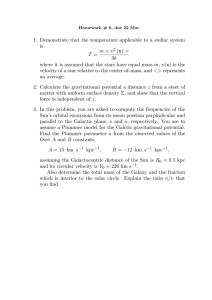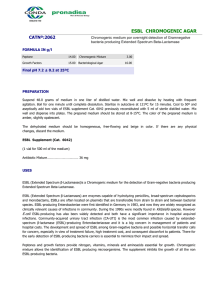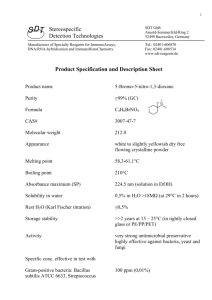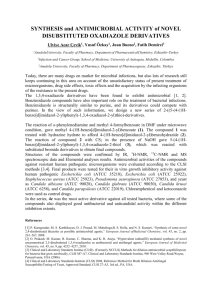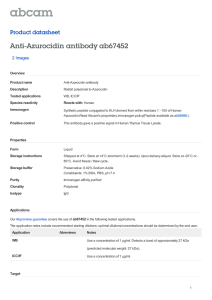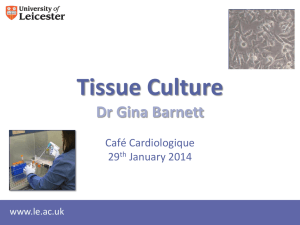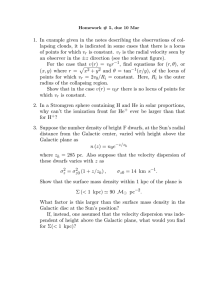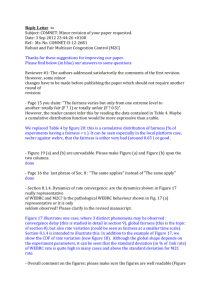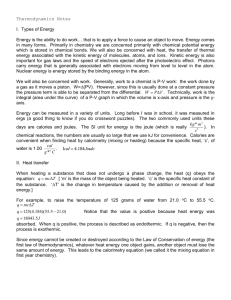KPC CHROMOGENIC MEDIUM CAT Nº: 2063
advertisement
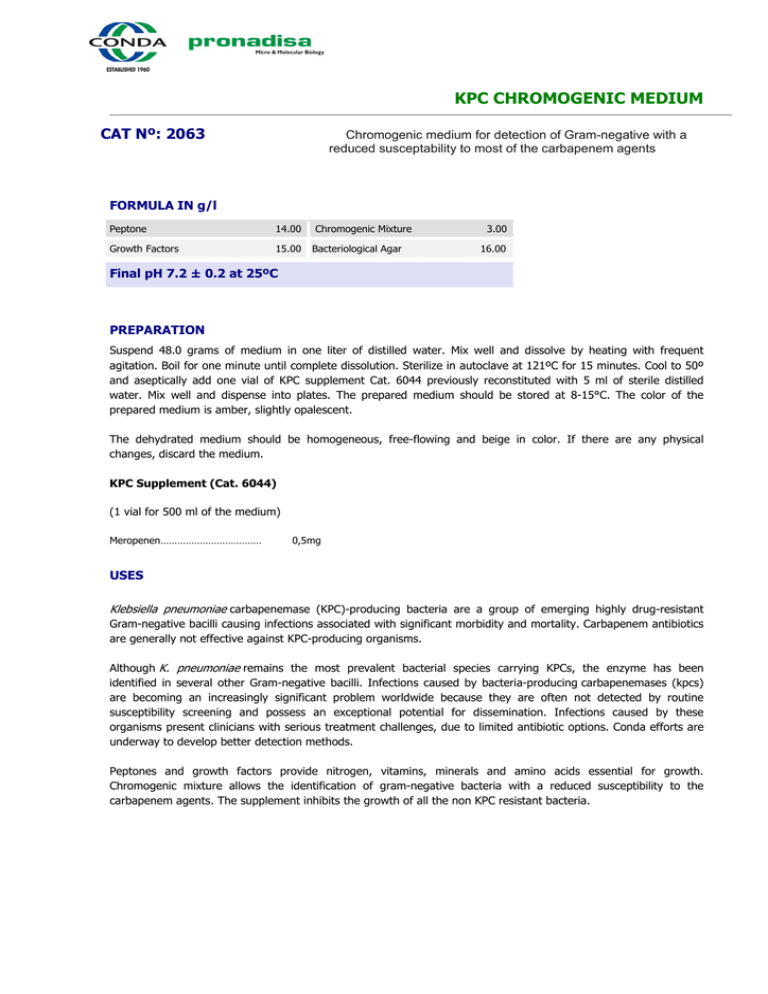
KPC CHROMOGENIC MEDIUM CAT Nº: 2063 Chromogenic medium for detection of Gram-negative with a reduced susceptability to most of the carbapenem agents FORMULA IN g/l Peptone 14.00 Growth Factors 15.00 Chromogenic Mixture Bacteriological Agar 3.00 16.00 Final pH 7.2 ± 0.2 at 25ºC PREPARATION Suspend 48.0 grams of medium in one liter of distilled water. Mix well and dissolve by heating with frequent agitation. Boil for one minute until complete dissolution. Sterilize in autoclave at 121ºC for 15 minutes. Cool to 50º and aseptically add one vial of KPC supplement Cat. 6044 previously reconstituted with 5 ml of sterile distilled water. Mix well and dispense into plates. The prepared medium should be stored at 8-15°C. The color of the prepared medium is amber, slightly opalescent. The dehydrated medium should be homogeneous, free-flowing and beige in color. If there are any physical changes, discard the medium. KPC Supplement (Cat. 6044) (1 vial for 500 ml of the medium) Meropenen……………………………… 0,5mg USES Klebsiella pneumoniae carbapenemase (KPC)-producing bacteria are a group of emerging highly drug-resistant Gram-negative bacilli causing infections associated with significant morbidity and mortality. Carbapenem antibiotics are generally not effective against KPC-producing organisms. Although K. pneumoniae remains the most prevalent bacterial species carrying KPCs, the enzyme has been identified in several other Gram-negative bacilli. Infections caused by bacteria-producing carbapenemases (kpcs) are becoming an increasingly significant problem worldwide because they are often not detected by routine susceptibility screening and possess an exceptional potential for dissemination. Infections caused by these organisms present clinicians with serious treatment challenges, due to limited antibiotic options. Conda efforts are underway to develop better detection methods. Peptones and growth factors provide nitrogen, vitamins, minerals and amino acids essential for growth. Chromogenic mixture allows the identification of gram-negative bacteria with a reduced susceptibility to the carbapenem agents. The supplement inhibits the growth of all the non KPC resistant bacteria. CHARACTERISTICS OF KPC COLONIES Microorganisms Escherichia coli Colony color Pink Enterobacter aerogenes Dark Blue Klebsiella pneumonieae Dark Blue MICROBIOLOGICAL TEST he following results were obtained in the performance of the medium from type cultures after incubation at atemperature of 35 ± 2ºC and observed after 18-24 hours. Microorganisms Growth Colony colour Escherichia coli ATCC 2469 Good Pink Escherichia coli ATCC 25922 Inhibited - Klebsiella pneumoniae ATCC 13883 Inhibited - Klebsiella pneumoniae ATCC BAA1705 Good Blue Proteus mirabilis ATCC 25933 Inhibited - Staphylococcus aureus ATCC 25923 Inhibited - Enterococcus faecalis ATCC 19433 Partially inhibited Light Blue * It’s important to notice that, as it happens in other chromogenic media, bacteria with atypical KPC enzyme may produce anomalous reactions in this medium BIBLIOGRAPHY Ryan S. Arnold, MD, Kerri A. Thom, MD, MS, [...], and Daniel J. Morgan, MD Emergence of Klebsiellapneumoniae Carbapenemase (KPC)-Producing Bacteria. Paterson DL, Bonomo RA. Extended-spectrum beta-lactamases: a clinical update.Clinical Microbiology Reviews. 2005;18:657–686. [PMC free article] [PubMed] Osterblad M, Kirveskari J, Koskela S, et al. First isolations of KPC-2-carrying ST258 Klebsiella pneumoniae strains in Finland, June and August 2009. Euro Surveill. 2009;14(40):19349. [PubMed] Martín-Gil J, Villa FM, Ramos-Sánchez MC, Martín-Gil FJ. “Studies on beta-lactam antibiotics - Differential thermal-analysis of Cephalosporins”. J. Thermal Anal Cal, 1984, 29 (6): 1351-1357. SebastianDroguettPerez (Dr.2)(2004)*Rossi S. (Ed.) (2004). Australian Medicines Handbook 2004. Adelaide: Australian Medicines Handbook. ISBN 0-9578521-4-2.(* Rossi S (Ed.) (2004). STORAGE 25ºC Once opened keep powdered medium closed to avoid hydration. 2ºC
